If the architecture is any good, a person who looks and listens will feel its good effects without noticing. I learned about Scarpa last semester through my studio professor since we were doing some installation design that had to do with metal and wood connections. After knowing that Venice houses some of his works, I decided to pay it a visit prior to the Volterra workshop along with the Venice Art Biennale 2017. Funny story: my Airbnb host is a Turkish student who used to live in New York City, but came to Venice to study architecture as well. He also wears a pair of Le Corbusier glasses and he claimed that they help boost his grade. Below is the picture of him and his boat. He picked me up in one of the canals after I checked in and dropped me off at a museum. Fondazione Querini Stampalia The first one I visited was the Fondazione Querini Stampalia. Scarpa renovated the whole ground level in 1961 with new exterior, interior, and garden space. His work is best known for the details. He used combinations between wood, glass, steel, marble, and concrete. He had a fabrication shop where he would experiment with other craftsmen and forge his creations. His earlier career in the glass industry also left him with the sensitivity in colors. Scarpa used a lot of colored tiles in his work that ultimately related back to scale and pattern in architecture. Scarpa was heavily influenced by Byzantine and Japanese architecture. We can see a lot of historical connections in his work. He was familiar with the historical content and its architectural languages since he grew up in Vicenza and Venice. Scarpa used a lot of water feature in his design. In a sense, it's a representation of Venice with this idea of weightlessness on lagoon and the connection with water and miniature canals. Sculpture Garden The sculpture garden is a delicate piece hidden within the main pavilion of Giardini della Biennale. Again, the garden is influenced by Japanese architecture with Scarpa's taste of materiality. His specialty of materiality: from stone to concrete to bricks. The garden has multiple levels, even the water feature has two different depths. Even though it is a very tight space, he still managed to use the main pillars to organize it into difference zones and frame views. Biennale Ticket Booth The original ticket booth for the Biennale is also designed by Scarpa. Unfortunately, the booth cannot accommodate the amount of visitors these days so its not in use anymore. I really like the mix of wood and steel column, it has a certain synergy on the texture. Pavilion of Venezuela Aside from the original ticket booth of the Biennale, Scarpa also designed the pavilion of Venezuela. Here we see the use of doubled steel columns and larger glass panels. Negozio Olivetti And finally, the last Scarpa's building I visited in Venice was the Olivetti Showroom! The store was to design as a "business card" of the Olivetti company, not as an actual store. Scarpa transformed the dark alley into the magical showroom with the freedom and funding from the client. Aside from Byzantine and Japanese architecture, Scarpa also drew inspiration from Venice Biennale. He was inspired by Rothko at that time with the colors he used. Mondrian's work was also one of Scarpa's inspiration at one point. Click image to zoom! Too many detail pictures! My reflection It's a pretty long blog, thank you for reading til the end! It's absolutely amazing to see how one can approach and design architecture from different backgrounds. Architecture simply has no single solution and method. We see how the early glass-making career influenced Scarpa in terms of experimentation with materiality and the use of colors. For me, his architecture reflects upon arts and history, whether as some architects, like Le Corbusier, was partly inspired by machines or other objects. Another thought was about the idea of materiality, I've been thinking about it since grad school, I noticed that a lot of the projects done by students (any school) don't really care about the materials. Most of the time it's rendered as a sculptural piece or merely just exploration of architectonics. People might argue there's not enough time for the studio to develop materials and such, but I don't think that's true. Usually in a design studio, the facades and materials are applied til last, therefore we always see some projects that's just all white or with awkward window openings. I started to force myself to design with materiality starting from day one, to further complete my creation of the space, and so far I think it helps you design better. That's why I think this trip is so helpful because it sort of re-affirms my believes and makes me want to design with materials and details even more, bringing the architectural design back to human scale even more. Thanks for reading, next blog post will be covering some good stuff from the Venice Art Biennale 2017, you don't want to miss that one either!
0 Comments
Leave a Reply. |
AboutThis blog was launched in August, 2015 during my 8th year of studying abroad in Barcelona, Spain. I decided to start this blog and record some of my thoughts and moments. This blog is also dedicate to Richard Fu, a good friend of mine who is now guarding me from above. He inspired me to get out of the comfort zone and be curious about the world. Amig@'s blogs
Check out my brother Will's blog (in Mandarin) to see what he's up to these days (Design, fashion, food, technology, music, film...etc) Check out Kris' website for some high quality photos around the world Archives
September 2023
|
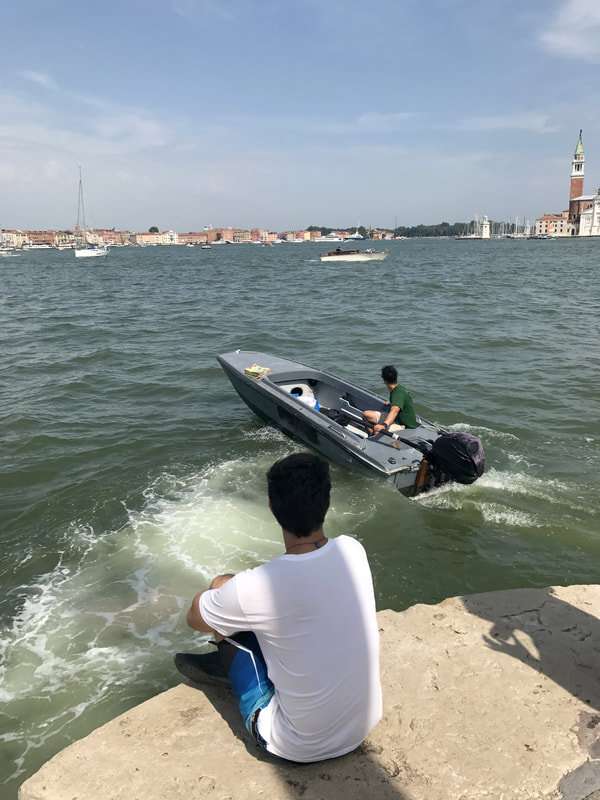

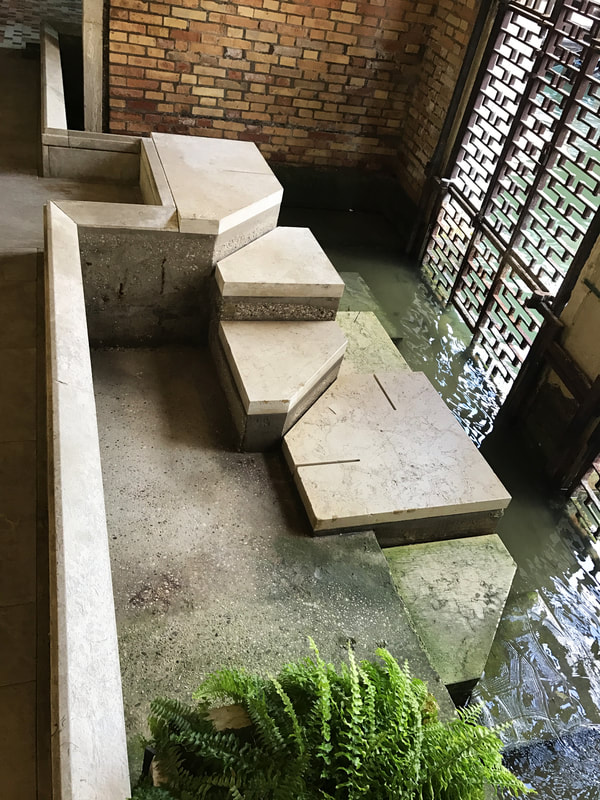
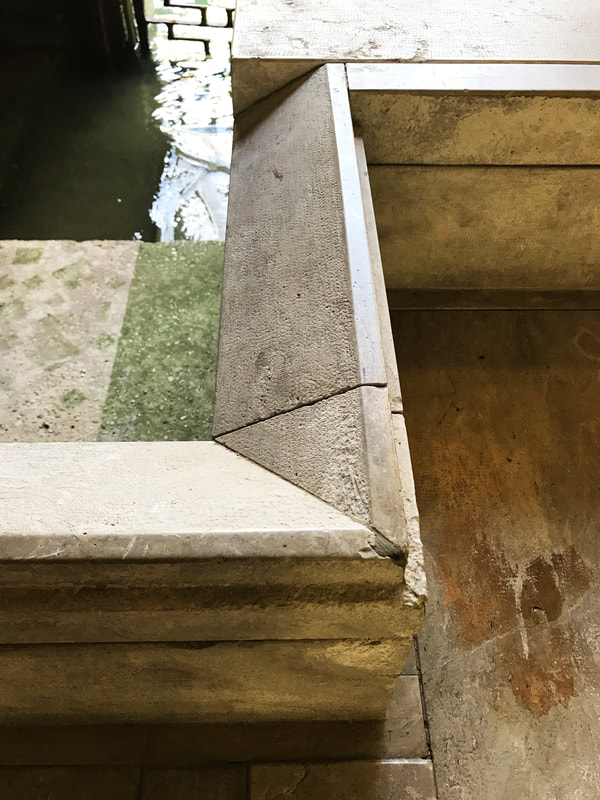
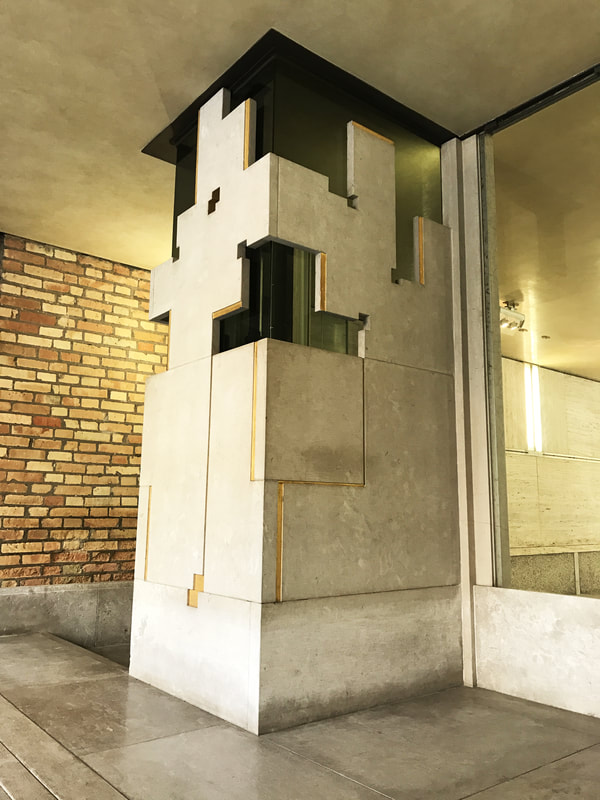
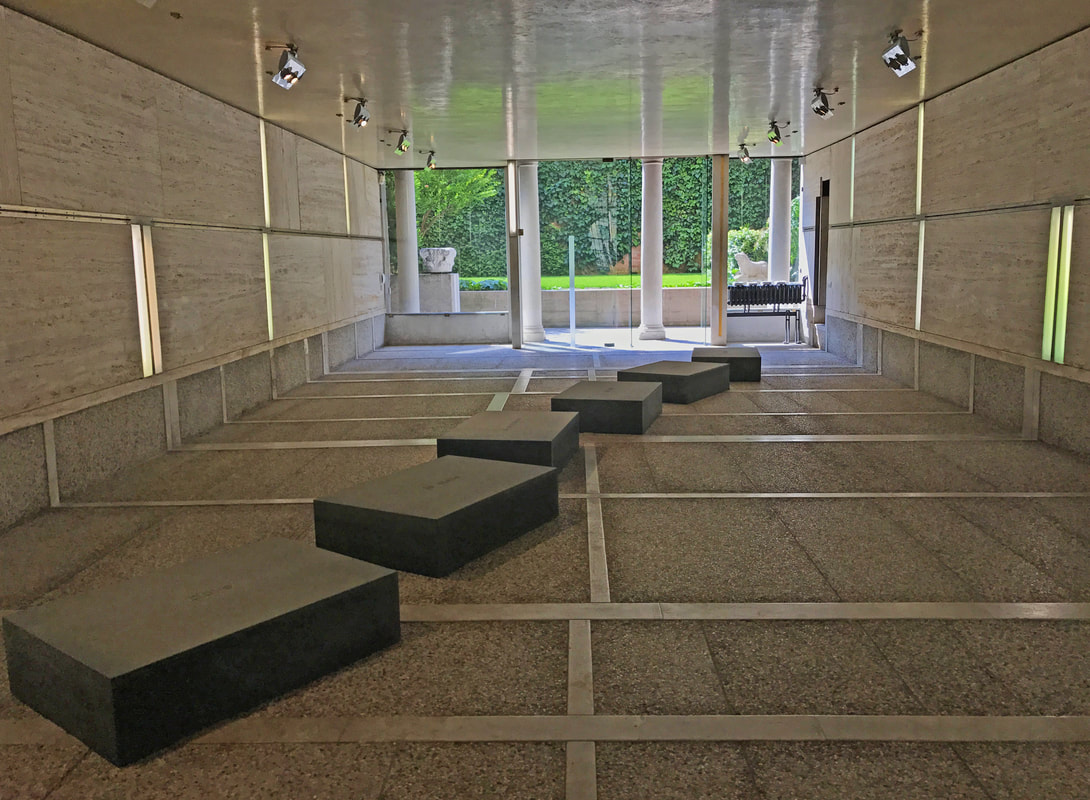
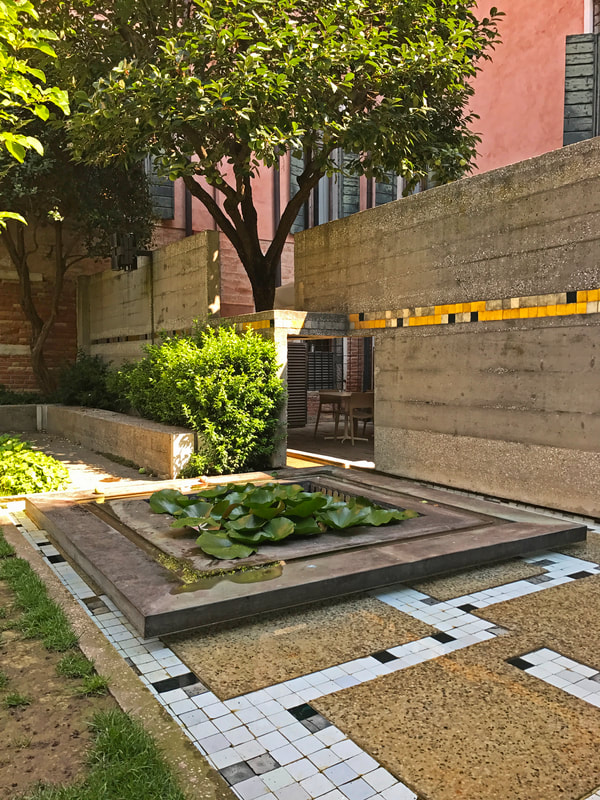
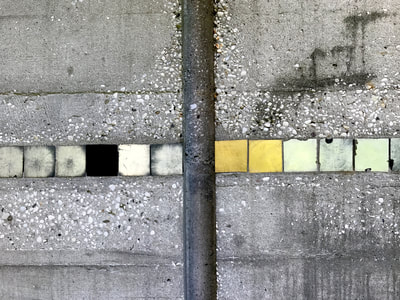
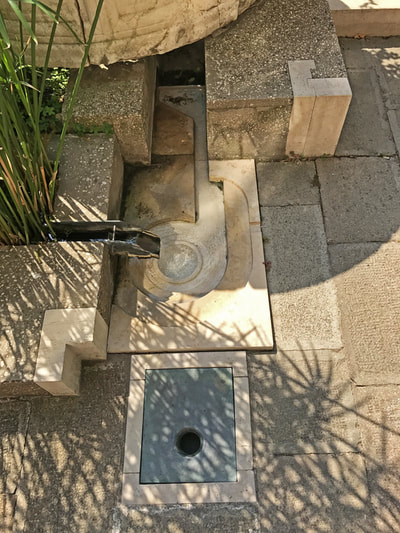
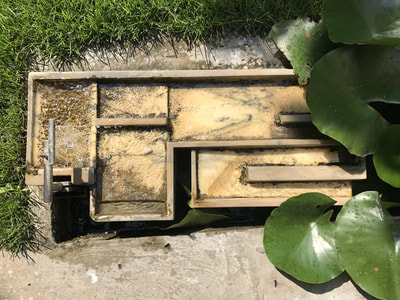
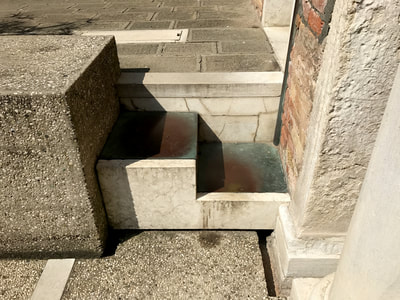

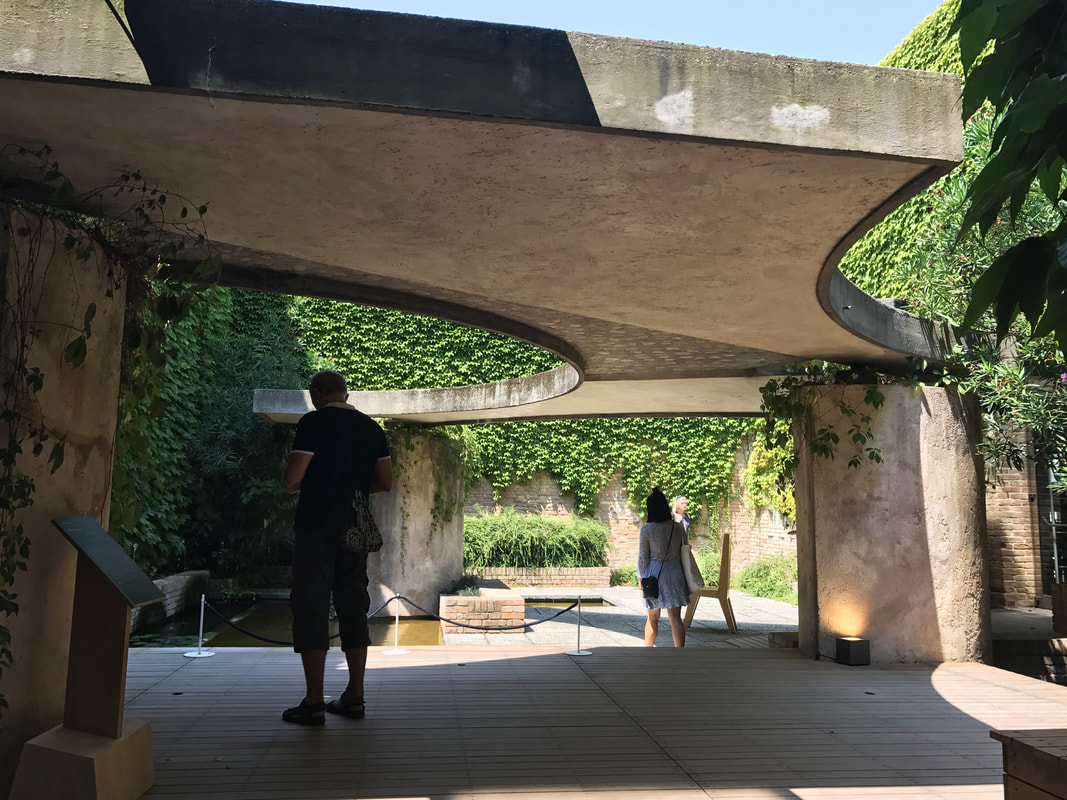
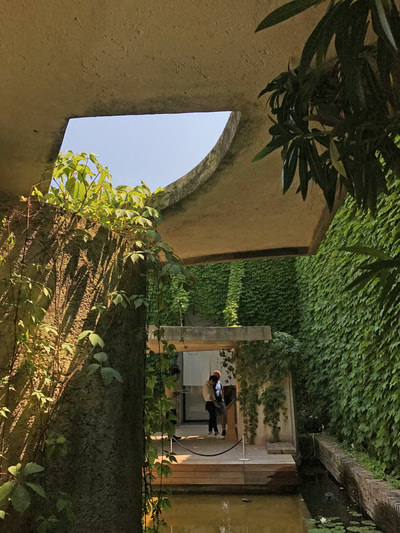

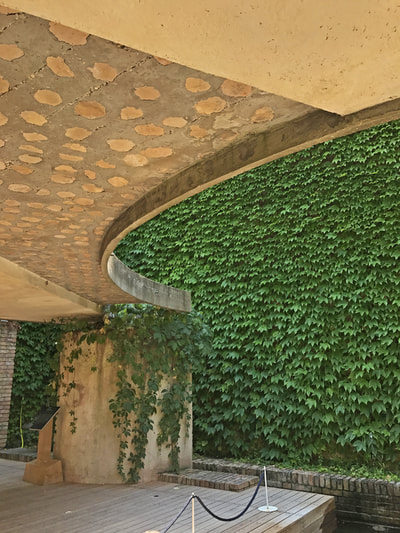
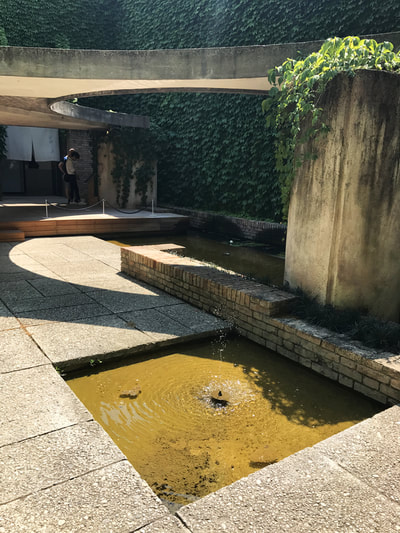
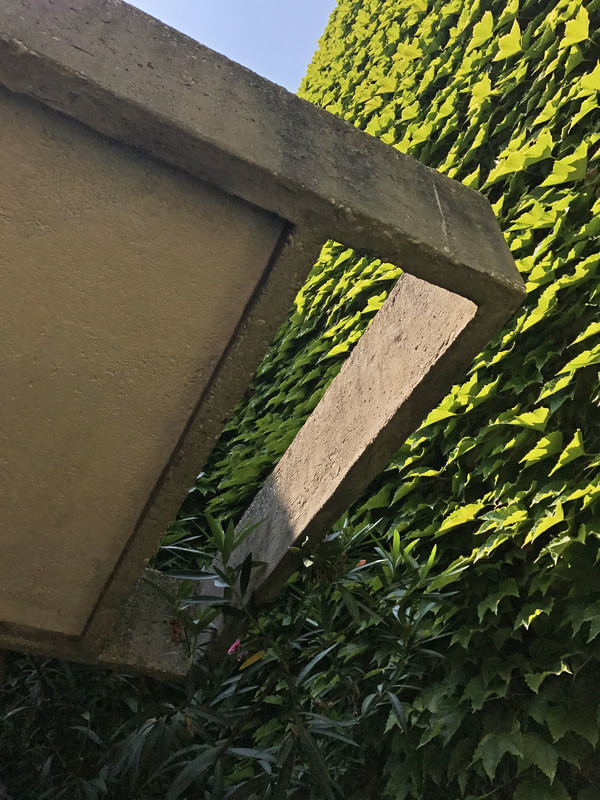
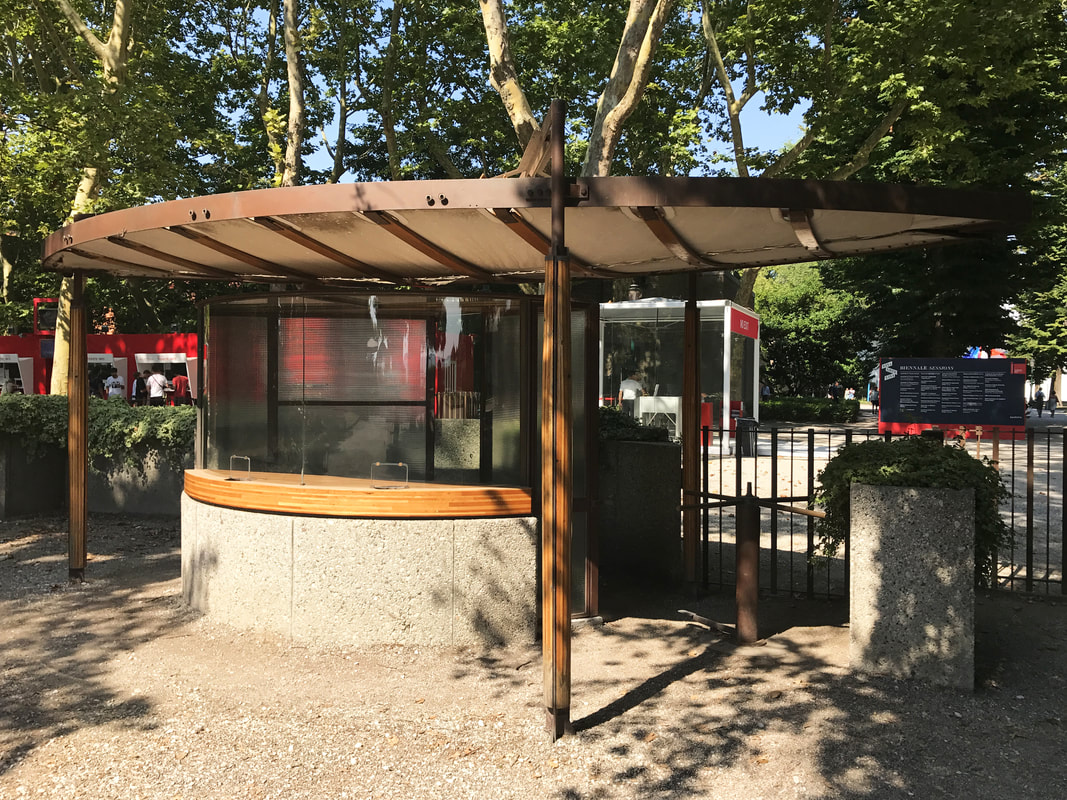

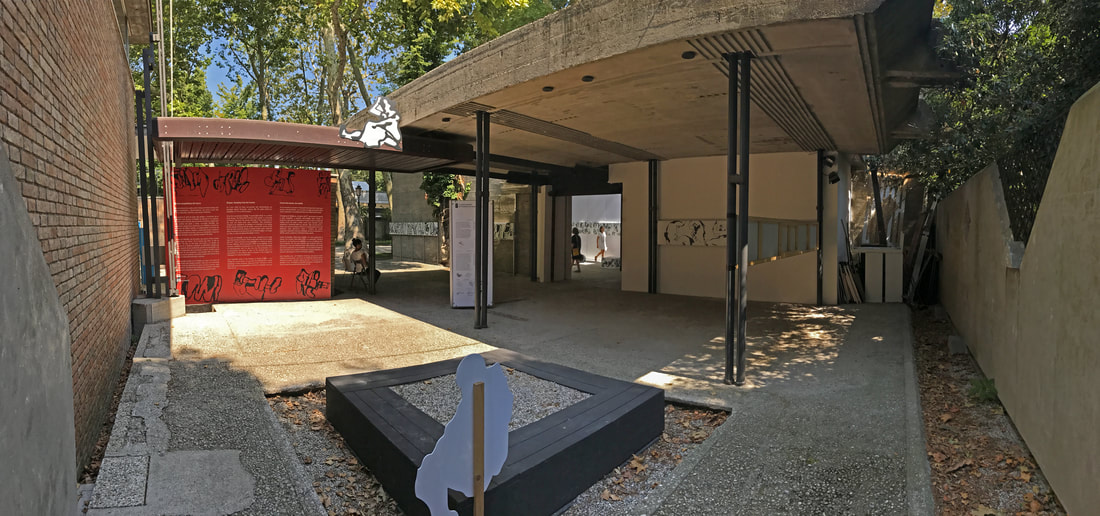
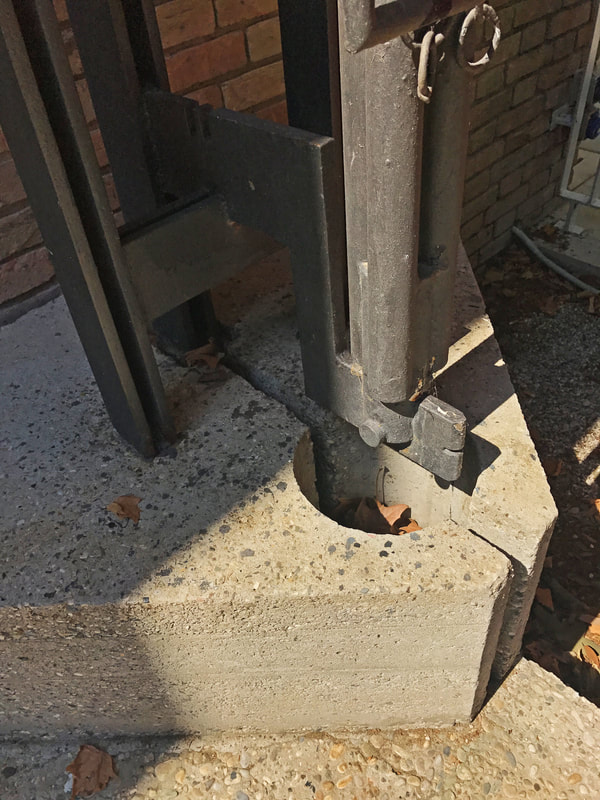
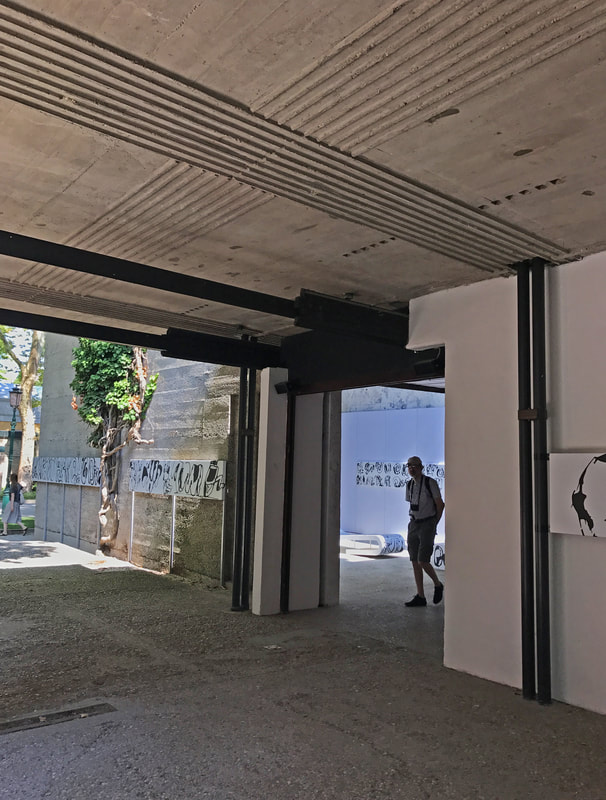
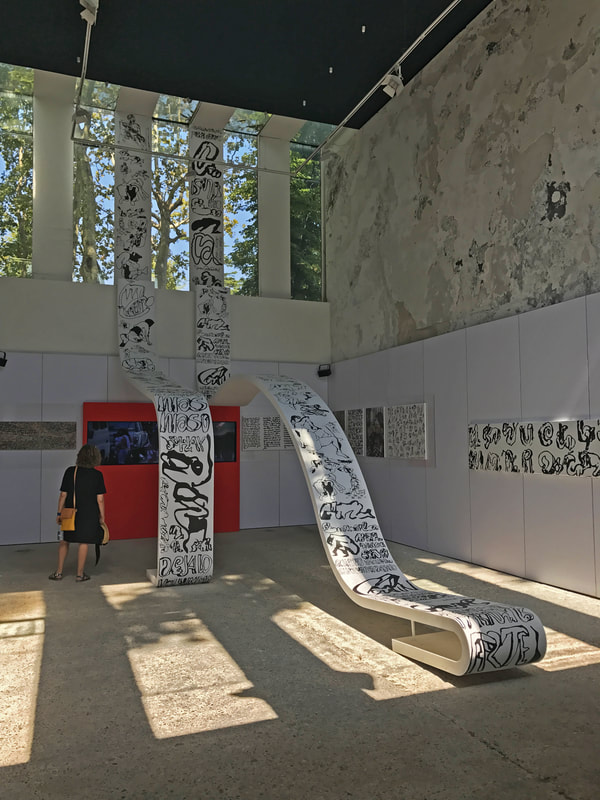

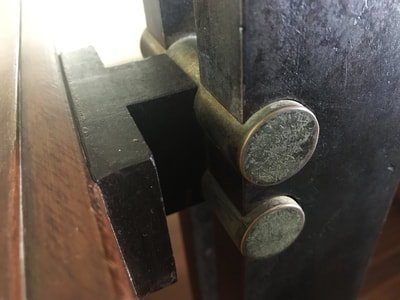
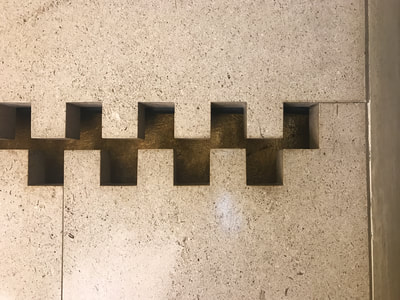
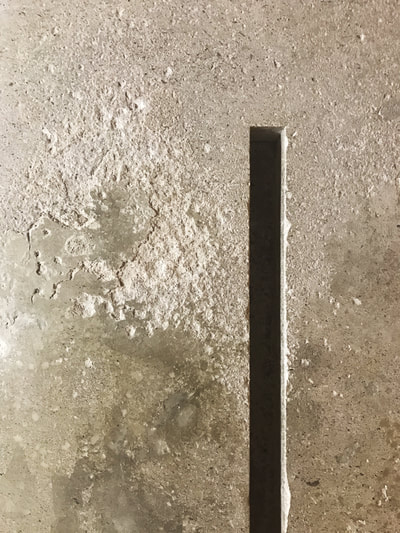
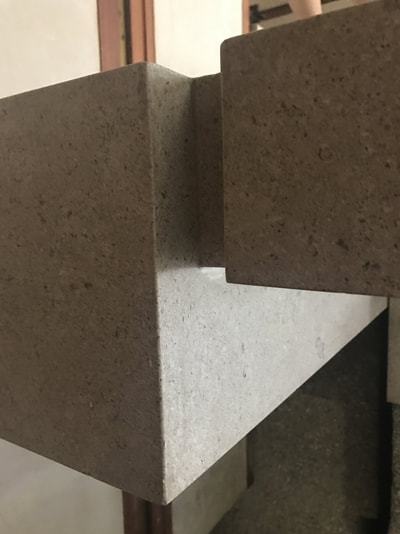
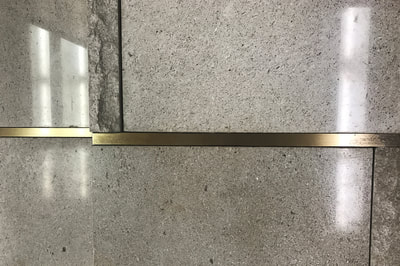
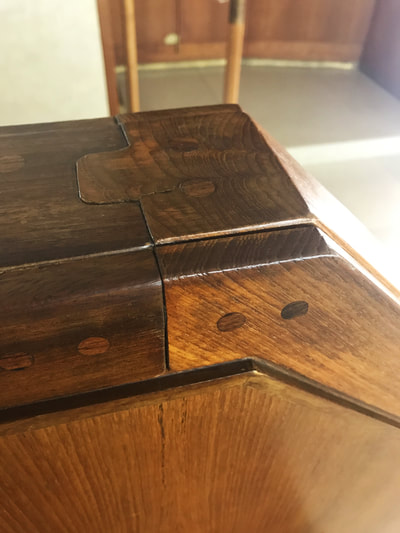
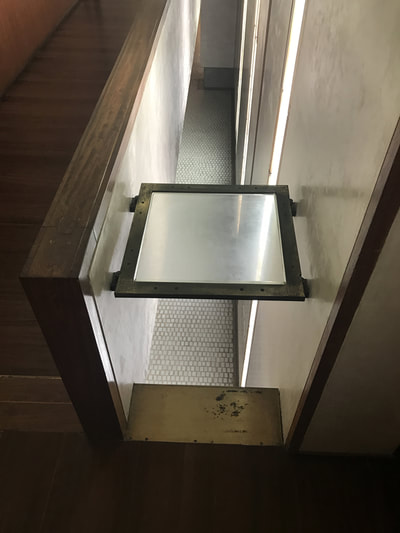
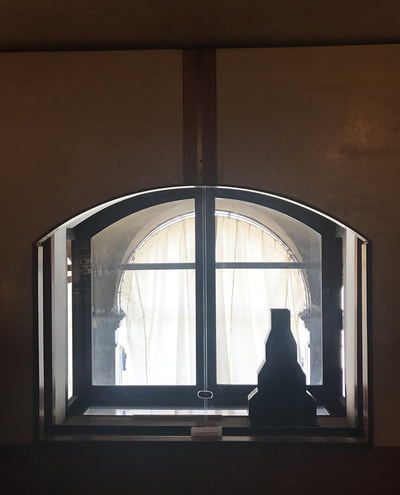
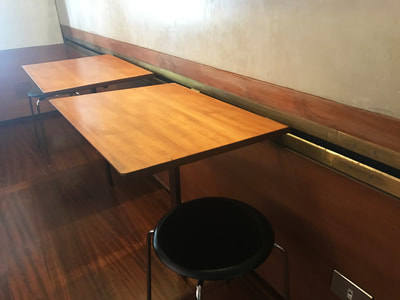
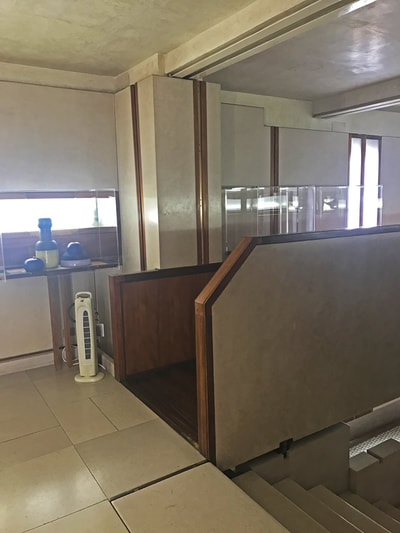
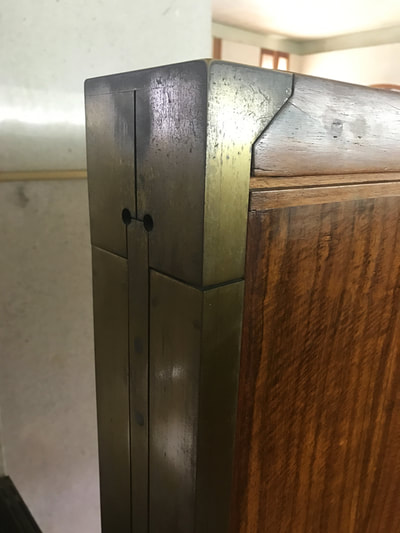
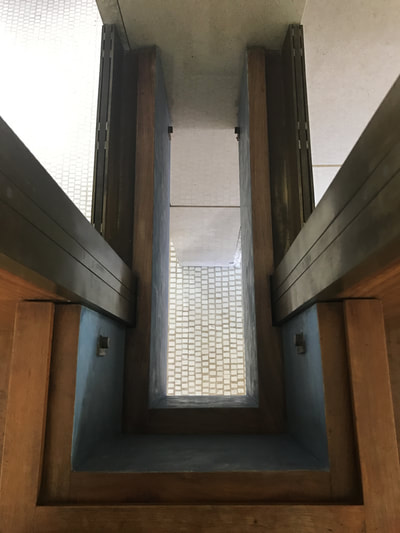
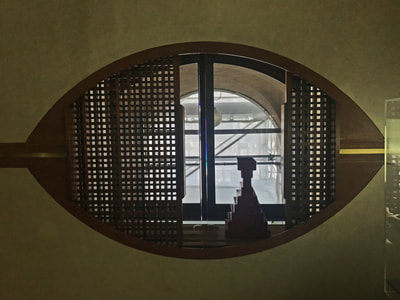

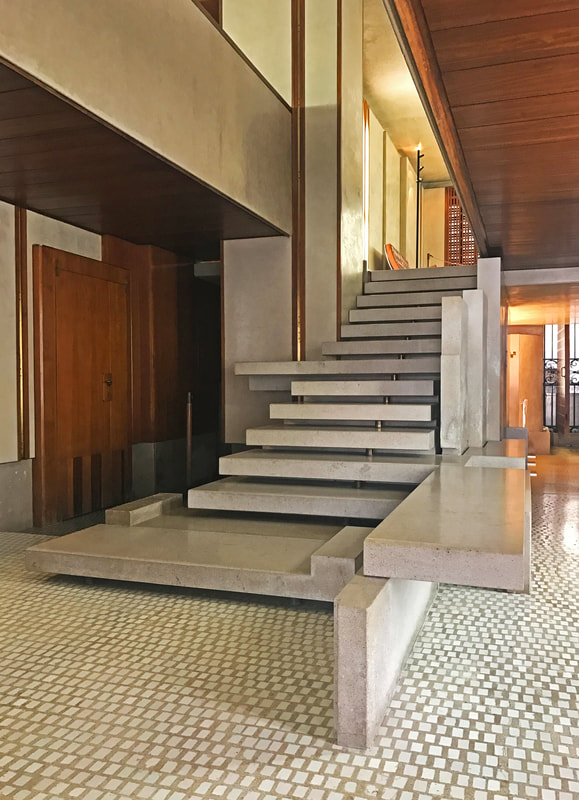

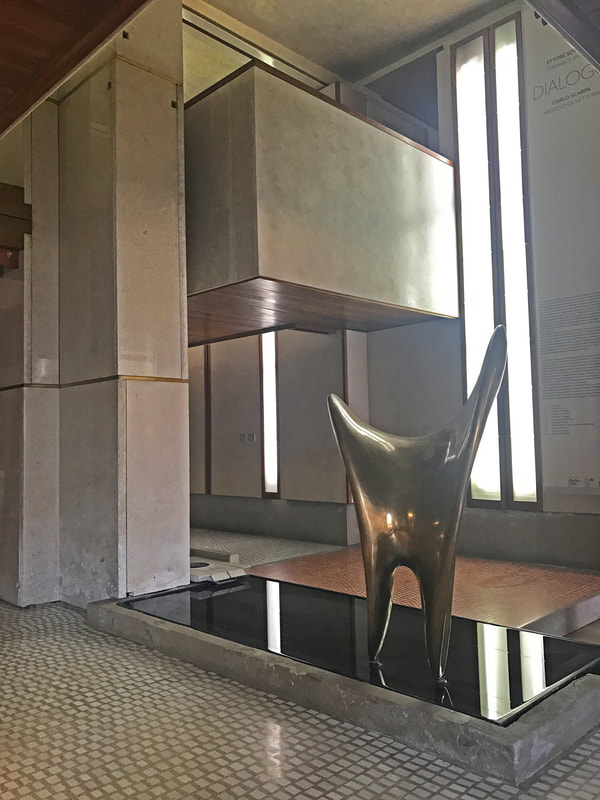
 RSS Feed
RSS Feed